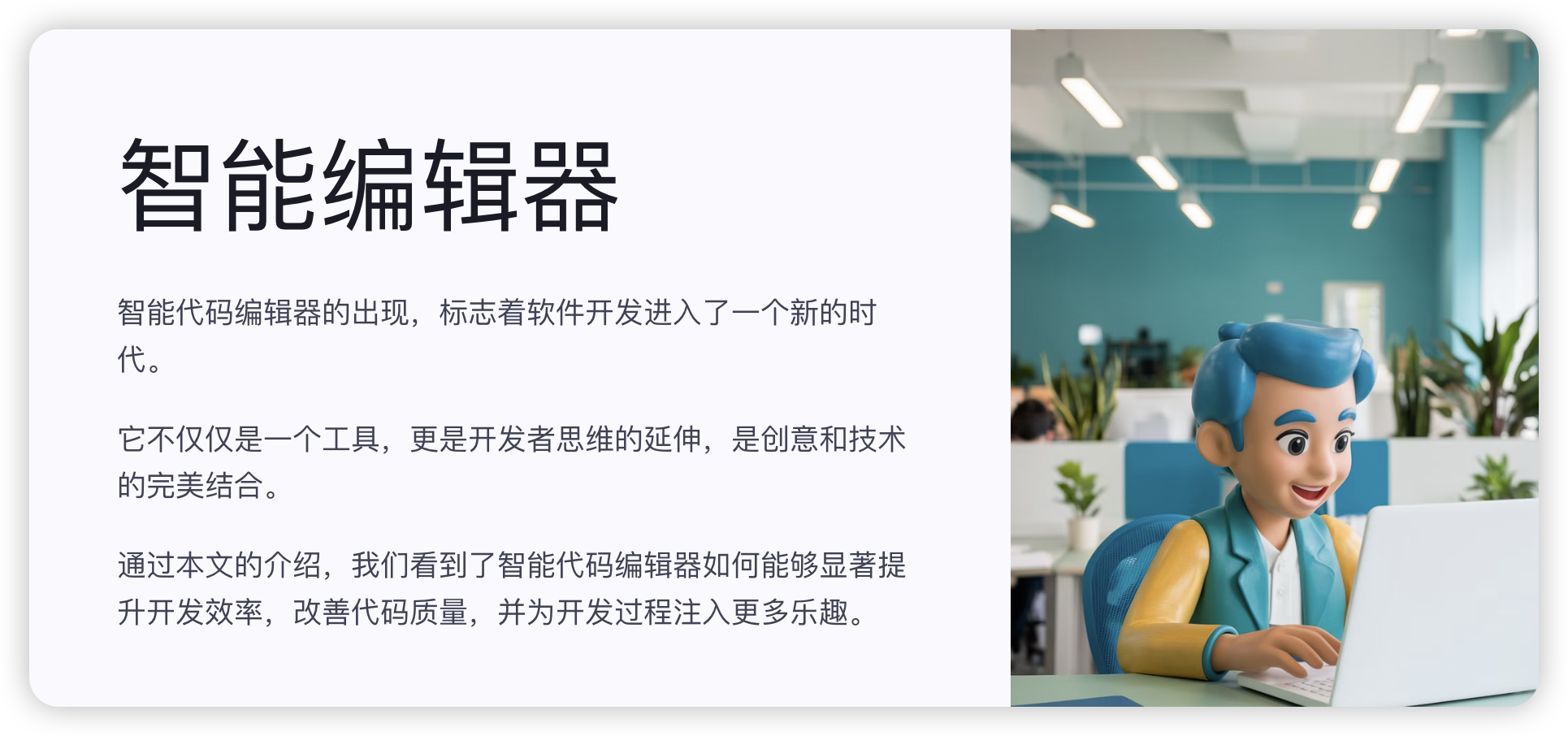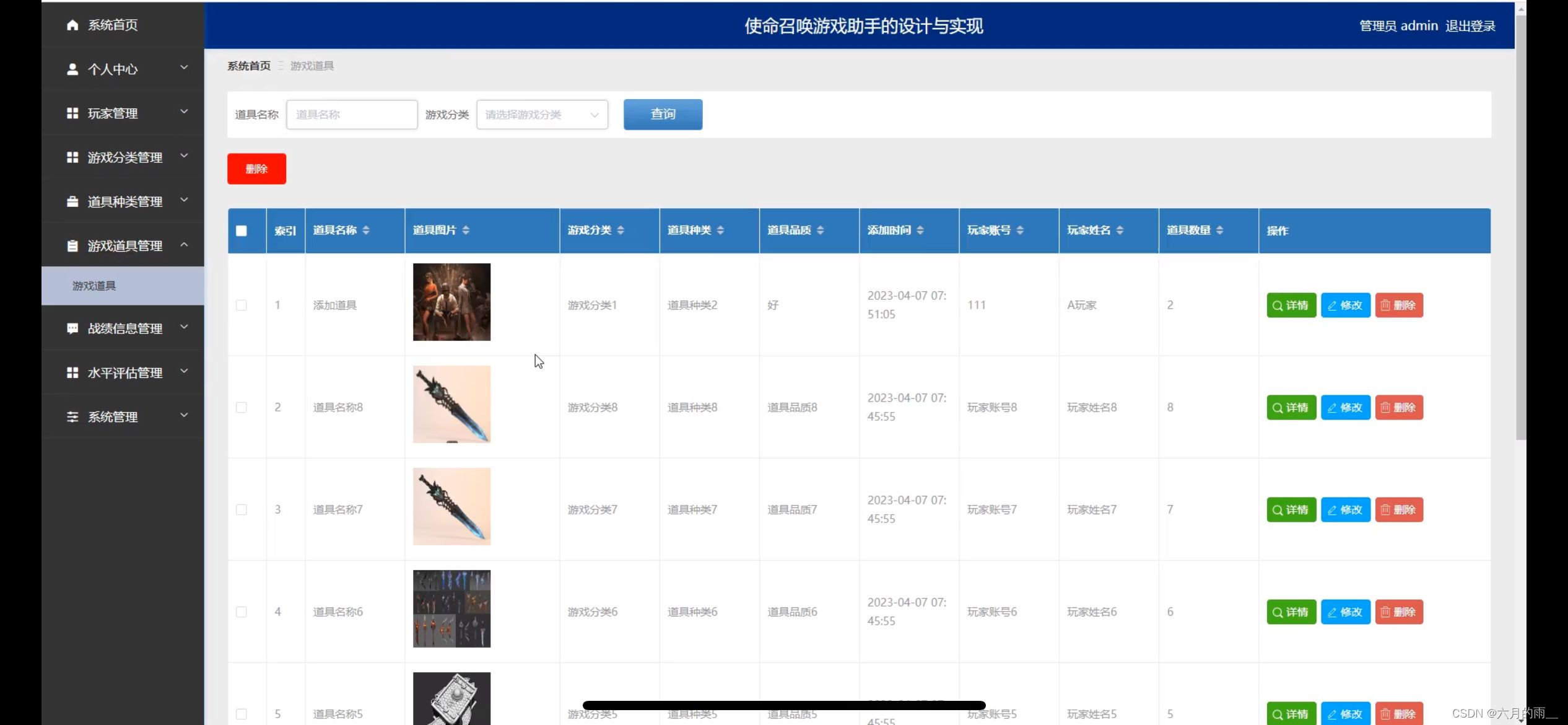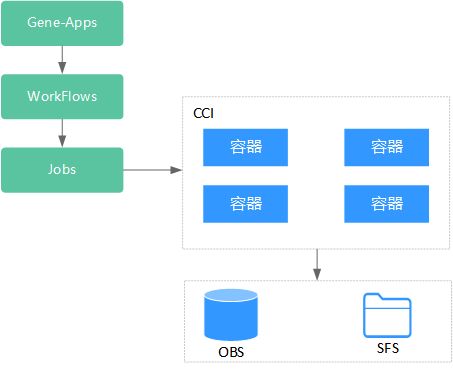paper:Fast-BEV: A Fast and Strong Bird’s-Eye View Perception Baseline
code:https://github.com/Sense-GVT/Fast-BEV
致谢: 感谢我司傅同学提供的复现源码
一、完整复现代码(可一键运行)和效果图
Fast-Ray pipeline:
1.创建uv coord+ semantic channels (2d image + 语义通道64)
2.构建离线LUT表(voxel coord -> uv coord, 3d->2d)(基于深度均匀假设,没做深度估计,多个3d点对应一个2d图像点)
(1) 逆体素化过程:根据世界范围划分和刻度实现 voxel coord -> world coord
(2)逆视锥化过程: 使用投影矩阵(相机内外参)实现 world coord -> uv coord
(3)构建LUT表
3.对LUT表进行在线查询(uv coord -> voxel coord, 2d->3d)
4.pool(voxel coord -> bev coord)(去掉Z轴)

import numpy as np
import matplotlib.pyplot as plt
# 查找表的特点:
# 1.它不依赖于与数据相关的深度信息,因为摄像头位置和它们的内外参参数在感知系统构建时就已确定,并且对于每次输入都是相同的。
# 2.因此,无需为每次输入重新计算投影索引,而是可以预先计算固定的投影索引并将其作为静态查找表存储起来。
# 3.在推理(inference)过程中,可以通过查询这个查找表来获得投影索引,这是一个低成本的操作。
# 4.无论是处理单帧还是多帧图像,都可以轻松预先计算相机的内外参数,并根据这些参数预先对齐到当前帧。
def build_LUT_CPU(n_voxels, voxel_size, orgin, projection, n_images, height, width):
"""
构建一个查找表(LUT),将BEV空间中的每个体素反投影到图像空间中的像素。
Args:
n_voxels: BEV空间中每个维度上的体素数量,例如 [100,100,4]
voxel_size: 每个体素的大小,例如[0.5,0.5,1.5]
orgin: BEV空间的原点坐标,例如[0,0,0]
projection: 相机投影矩阵,形状为(n_images,3,4)
n_images: 图像数量
height: 图像高度
width: 图像宽度
Returns:
LUT:查找表,形状为(n_voxels[0],n_voxels[1],n_voxels[2],2)
valid: 每个体素是否有效,形状为(n_voxels[0],n_voxels[1],n_voxels[2])
"""
n_x_voxels, n_y_voxels, n_z_voxels = n_voxels # [100,100,4]
size_x, size_y, size_z = voxel_size # [0.5,0.5,1.5]
orgin_x, orgin_y, orgin_z = orgin # BEV空间的原点坐标
nrof_voxels = n_x_voxels * n_y_voxels * n_z_voxels # voxel总数量
LUT = np.full((nrof_voxels,2),-1,dtype=np.int32) # [400000,2]
valid = np.zeros(nrof_voxels,dtype=np.int32) # [40000]
offset = 0 # LUT中的偏移量
count = 0
# BEV --> cam --> uv图像上,如果超出图像大小的则,否则1,放在valid
for zi in range(n_z_voxels): # 4
for yi in range(n_y_voxels): # 100
for xi in range(n_x_voxels): # 100
for img_id in range(n_images):
# 逆体素化过程! voxel coord -> world coord
# 将体素中心在BEV空间的X轴上的坐标上加上BEV原点在BEV空间的X轴上的坐标,得到体素中心在世界坐标系中的X坐标
pt = np.array([(xi-n_x_voxels/2)*size_x+orgin_x,
(yi-n_y_voxels/2)*size_y+orgin_y,
(zi-n_z_voxels/2)*size_z+orgin_z,
1 # 齐次坐标
],
)
# 逆视锥化! 使用投影矩阵(相机内外参)将点从 world coord -> uv coord
ar = projection[img_id] @ pt # (3*4) @ (4*1)
ar = ar[:3] / ar[2] # 将齐次坐标系下的 3D点投影到图像平面,并进行归一化。 u,v,1
u = int(round(ar[0])) # 检查投影点是否在图像范围内
v = int(round(ar[1]))
d = ar[2]
# 建立查找表
if(0 <= u <width and 0 <= v <height and d>0):
# LUT(look-up table)中第offset的值 代表 img中(u,v)点
LUT[offset] = [img_id, v*width + u] # 2
valid[offset] = 1
count += 1
break
# 一个voxel对应的多个image的uv,这里没有处理,直接覆盖了
offset += 1
return LUT, valid
# features+LUT -> volume uv space + LUT-> voxel space
def backproject_LUT_CPU(features, LUT, volume, n_voxels):
"""
使用LUT将图像特征投影到BEV空间中
Args:
features:图像特征, 形状为(n_images,height,width,n_channels)
LUT: 查找表, 形状为(n_voxels[0]*n_voxels[1]*n_voxels[2], 2)
volume: BEV空间中的体素,形状为(n_voxels[0]*n_voxels[1]*n_voxels[2],n_channels)
n_voxels: BEV空间中每个维度上的体素数量, 例如[100,100,4]. 40000个BEV
Returns:
"""
n_x_voxels, n_y_voxels, n_z_voxels = n_voxels
volume_count = n_x_voxels * n_y_voxels * n_z_voxels *2 # 计算BEV空间中体素的数量*2(因为LUT中每个体素对应两行), volume_count=80000=2*40000
cnt = 0
for offset in range(0,volume_count,2): # 循环遍历 LUT数组(BEV index), 每次迭代处理两个元素
img_id = LUT[offset//2,0] # 获取当前体素对应的图像索引: 第几张图
voxel_index = LUT[offset//2,1] # 获取当前体素对应的像素索引: v*width + u
if img_id >=0:
u = voxel_index // width # voxel_index, 需要 //width表示他在该尺度特征图上的index
v = voxel_index % width
# 64 sematic channels
src = features[img_id, u, v] # 从对应图像中提取特征, pixel * c
# 将uv图像特征复制到相应的体素空间
volume[offset//2] = src
volume[offset//2]/=2
cnt+=1
print("repeat cnt:",cnt)
bev_volume = volume
return bev_volume
def plot_uvd_frustum(frustum): # 41 8 22 3
fig = plt.figure()
ax = fig.add_subplot(111, projection='3d')
# Convert frustum tensor to numpy array for visualization
frustum_np = frustum
# Extract x, y, d coordinates
x = frustum_np[..., 0].flatten()
y = frustum_np[..., 1].flatten()
d = frustum_np[..., 2].flatten()
# Plot the points in 3D space
ax.scatter(x, y, d, c=d, cmap='viridis', marker='o')
ax.set_xlabel('u')
ax.set_ylabel('v')
ax.set_zlabel('semantic channels')
plt.show()
def plot_voxel(voxel_feat):
# 创建一个3D图形
fig = plt.figure()
ax=fig.add_subplot(projection='3d')
# 创建网格坐标
x,y,z=np.indices(voxel_feat.shape)
# 绘制网格
ax.scatter(x.flatten(),y.flatten(),z.flatten(),c=voxel_feat.flatten(),cmap='viridis')
ax.set_xlabel('x')
ax.set_ylabel('y')
ax.set_zlabel('z')
plt.show()
def plot_bev(bev_feat):
# 创建一个2d图形
fig = plt.figure()
ax=fig.add_subplot()
# 创建网格坐标
x,y=np.indices(bev_feat.shape)
# 绘制网格
ax.scatter(x.flatten(),y.flatten(),c=bev_feat.flatten(),cmap='viridis')
ax.set_xlabel('u')
ax.set_ylabel('v')
plt.show()
# Fast-Ray 基于查找表LUT、多视角到单个三维体素转换
if __name__ == "__main__":
n_voxels = [100,100,4]
voxel_size = [0.5,0.5,1.5]
orgin = [0,0,0]
n_images = 6
height = 232
width = 400
n_channels = 64
# 创建投影矩阵
projection = np.random.rand(n_images,3,4)
# 构建LUT和valid数组 [40000,2] [40000]
LUT,valid = build_LUT_CPU(n_voxels, voxel_size, orgin, projection, n_images, height, width)
# 创建图像特征
features = np.random.rand(n_images,height,width,n_channels)
plot_uvd_frustum(features[0])
# 创建BEV空间 # [40000,3] 3表示每个voxel的特征长度是3
# [40000,64]
volume = np.zeros((n_voxels[0]*n_voxels[1]*n_voxels[2],n_channels),dtype=np.float32)
# 反投影特征到BEV空间
voxel_feat = backproject_LUT_CPU(features,LUT,volume,n_voxels)
voxel_feat = voxel_feat.reshape(n_voxels[0],n_voxels[1],n_voxels[2],n_channels)
# print
print('volume shape:',volume.shape) # [100,100,4,64]
print('volume:', volume)
print('dst:',voxel_feat.shape) # [100,100,4,64]
# [100,100,4,64] -> [100,100,4]
voxel_feat = voxel_feat.sum(axis=3)
plot_voxel(voxel_feat)
# [100,100,4] -> [100,100,1]
bev_feat = voxel_feat.sum(axis=2)
plot_bev(bev_feat)
二、逐步代码讲解+图解
完整流程:
1.创建uv coord+ semantic channels (2d image + 语义通道64)
2.构建离线LUT表(voxel coord -> uv coord, 3d->2d)
(1) 逆体素化过程:根据世界范围划分和刻度实现 voxel coord -> world coord
(2)逆视锥化过程: 使用投影矩阵(相机内外参)实现 world coord -> uv coord
(3)构建LUT表
3.对LUT表进行在线查询(uv coord -> voxel coord, 2d->3d)
4.pool(voxel coord -> bev coord)(去掉Z轴)
1.创建uv coord+ semantic channels (2d image + 语义通道64)
# 创建图像特征
features = np.random.rand(n_images,height,width,n_channels)
plot_uvd_frustum(features[0])

注意
坐标范围,u,v范围代表模型输入尺寸,semantic channels为64。
2.构建离线LUT表(voxel coord -> uv coord)
# 查找表的特点:
# 1.它不依赖于与数据相关的深度信息,因为摄像头位置和它们的内外参参数在感知系统构建时就已确定,并且对于每次输入都是相同的。
# 2.因此,无需为每次输入重新计算投影索引,而是可以预先计算固定的投影索引并将其作为静态查找表存储起来。
# 3.在推理(inference)过程中,可以通过查询这个查找表来获得投影索引,这是一个低成本的操作。
# 4.无论是处理单帧还是多帧图像,都可以轻松预先计算相机的内外参数,并根据这些参数预先对齐到当前帧。
def build_LUT_CPU(n_voxels, voxel_size, orgin, projection, n_images, height, width):
"""
构建一个查找表(LUT),将BEV空间中的每个体素反投影到图像空间中的像素。
Args:
n_voxels: BEV空间中每个维度上的体素数量,例如 [100,100,4]
voxel_size: 每个体素的大小,例如[0.5,0.5,1.5]
orgin: BEV空间的原点坐标,例如[0,0,0]
projection: 相机投影矩阵,形状为(n_images,3,4)
n_images: 图像数量
height: 图像高度
width: 图像宽度
Returns:
LUT:查找表,形状为(n_voxels[0],n_voxels[1],n_voxels[2],2)
valid: 每个体素是否有效,形状为(n_voxels[0],n_voxels[1],n_voxels[2])
"""
n_x_voxels, n_y_voxels, n_z_voxels = n_voxels # [100,100,4]
size_x, size_y, size_z = voxel_size # [0.5,0.5,1.5]
orgin_x, orgin_y, orgin_z = orgin # BEV空间的原点坐标
nrof_voxels = n_x_voxels * n_y_voxels * n_z_voxels # voxel总数量
LUT = np.full((nrof_voxels,2),-1,dtype=np.int32) # [400000,2]
valid = np.zeros(nrof_voxels,dtype=np.int32) # [40000]
offset = 0 # LUT中的偏移量
count = 0
# BEV --> cam --> uv图像上,如果超出图像大小的则,否则1,放在valid
for zi in range(n_z_voxels): # 4
for yi in range(n_y_voxels): # 100
for xi in range(n_x_voxels): # 100
for img_id in range(n_images):
# 逆体素化过程! voxel coord -> world coord
# 将体素中心在BEV空间的X轴上的坐标上加上BEV原点在BEV空间的X轴上的坐标,得到体素中心在世界坐标系中的X坐标
pt = np.array([(xi-n_x_voxels/2)*size_x+orgin_x,
(yi-n_y_voxels/2)*size_y+orgin_y,
(zi-n_z_voxels/2)*size_z+orgin_z,
1 # 齐次坐标
],
)
# 逆视锥化! 使用投影矩阵(相机内外参)将点从 world coord -> uv coord
ar = projection[img_id] @ pt # (3*4) @ (4*1)
ar = ar[:3] / ar[2] # 将齐次坐标系下的 3D点投影到图像平面,并进行归一化。 u,v,1
u = int(round(ar[0])) # 检查投影点是否在图像范围内
v = int(round(ar[1]))
d = ar[2]
# 建立查找表
if(0 <= u <width and 0 <= v <height and d>0):
# LUT(look-up table)中第offset的值 代表 img中(u,v)点
LUT[offset] = [img_id, v*width + u] # 2
valid[offset] = 1
count += 1
break
# 一个voxel对应的多个image的uv,这里没有处理,直接覆盖了
offset += 1
return LUT, valid
(1)逆体素化过程:根据世界范围划分和刻度实现 voxel coord -> world coord
# 将体素中心在BEV空间的X轴上的坐标上加上BEV原点在BEV空间的X轴上的坐标,得到体素中心在世界坐标系中的X坐标
pt = np.array([(xi-n_x_voxels/2)*size_x+orgin_x,
(yi-n_y_voxels/2)*size_y+orgin_y,
(zi-n_z_voxels/2)*size_z+orgin_z,
1 # 齐次坐标
],
)
(2)逆视锥化过程: 使用投影矩阵(相机内外参)实现 world coord -> uv coord
# 逆视锥化! 使用投影矩阵(相机内外参)将点从 world coord -> uv coord
ar = projection[img_id] @ pt # (3*4) @ (4*1)
ar = ar[:3] / ar[2] # 将齐次坐标系下的 3D点投影到图像平面,并进行归一化。 u,v,1
u = int(round(ar[0])) # 检查投影点是否在图像范围内
v = int(round(ar[1]))
d = ar[2]
(3)构建LUT表
# 建立查找表
if(0 <= u <width and 0 <= v <height and d>0):
# LUT(look-up table)中第offset的值 代表 img中(u,v)点
LUT[offset] = [img_id, v*width + u] # 2
valid[offset] = 1
count += 1
break
# 一个voxel对应的多个image的uv,这里没有处理,直接覆盖了
offset += 1
基于深度均匀假设:基于深度均匀假设,没做深度估计,多个3d点对应一个2d图像点

3.对LUT表进行在线查询(uv coord -> voxel coord, 2d->3d)

def backproject_LUT_CPU(features, LUT, volume, n_voxels):
"""
使用LUT将图像特征投影到BEV空间中
Args:
features:图像特征, 形状为(n_images,height,width,n_channels)
LUT: 查找表, 形状为(n_voxels[0]*n_voxels[1]*n_voxels[2], 2)
volume: BEV空间中的体素,形状为(n_voxels[0]*n_voxels[1]*n_voxels[2],n_channels)
n_voxels: BEV空间中每个维度上的体素数量, 例如[100,100,4]. 40000个BEV
Returns:
"""
n_x_voxels, n_y_voxels, n_z_voxels = n_voxels
volume_count = n_x_voxels * n_y_voxels * n_z_voxels *2 # 计算BEV空间中体素的数量*2(因为LUT中每个体素对应两行), volume_count=80000=2*40000
cnt = 0
for offset in range(0,volume_count,2): # 循环遍历 LUT数组(BEV index), 每次迭代处理两个元素
img_id = LUT[offset//2,0] # 获取当前体素对应的图像索引: 第几张图
target = LUT[offset//2,1] # 获取当前体素对应的像素索引: v*width + u
if img_id >=0:
u = target // width # target这个图像的一维索引是在原图的, 需要 //width表示他在该尺度特征图上的index
v = target % width
# 64 sematic channels
src = features[img_id, u, v] # 从对应图像中提取特征, pixel * c
# 将uv图像特征复制到相应的体素空间
volume[offset//2] = src
volume[offset//2]/=2
cnt+=1
print("repeat cnt:",cnt)
bev_volume = volume
return bev_volume
4.pool(voxel coord -> bev coord)(去掉Z轴)
# [100,100,4,64] -> [100,100,4]
voxel_feat = voxel_feat.sum(axis=3)
plot_voxel(voxel_feat)
# [100,100,4] -> [100,100,1]
bev_feat = voxel_feat.sum(axis=2)
plot_bev(bev_feat)

bev尺寸为100x100


















